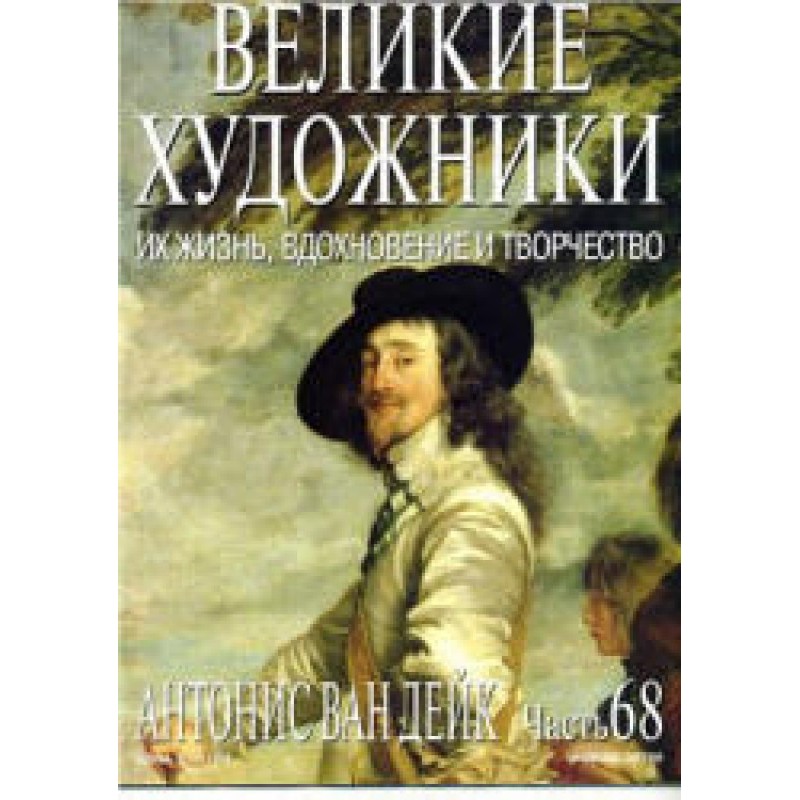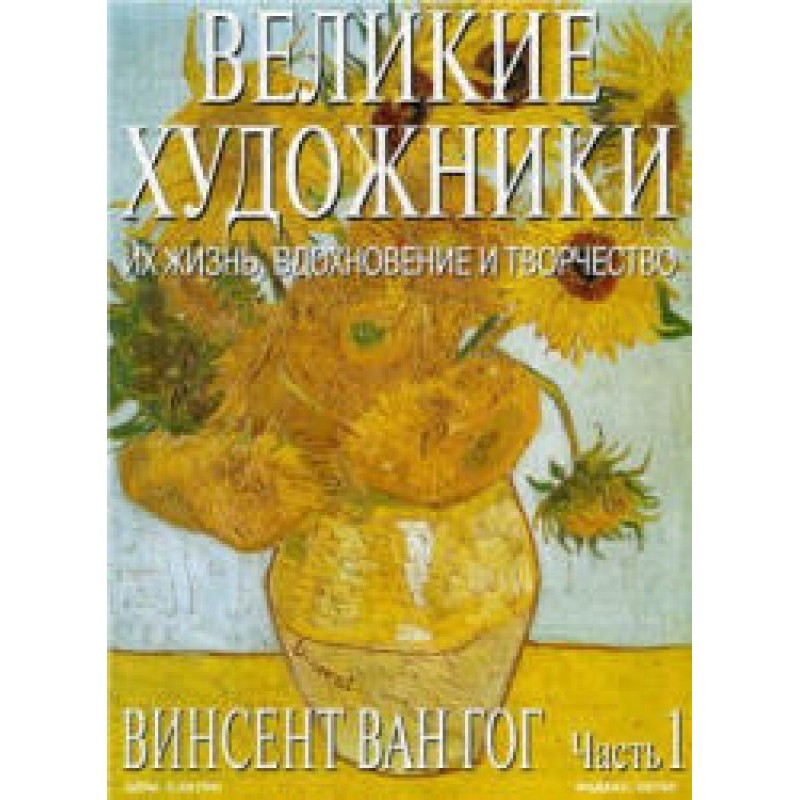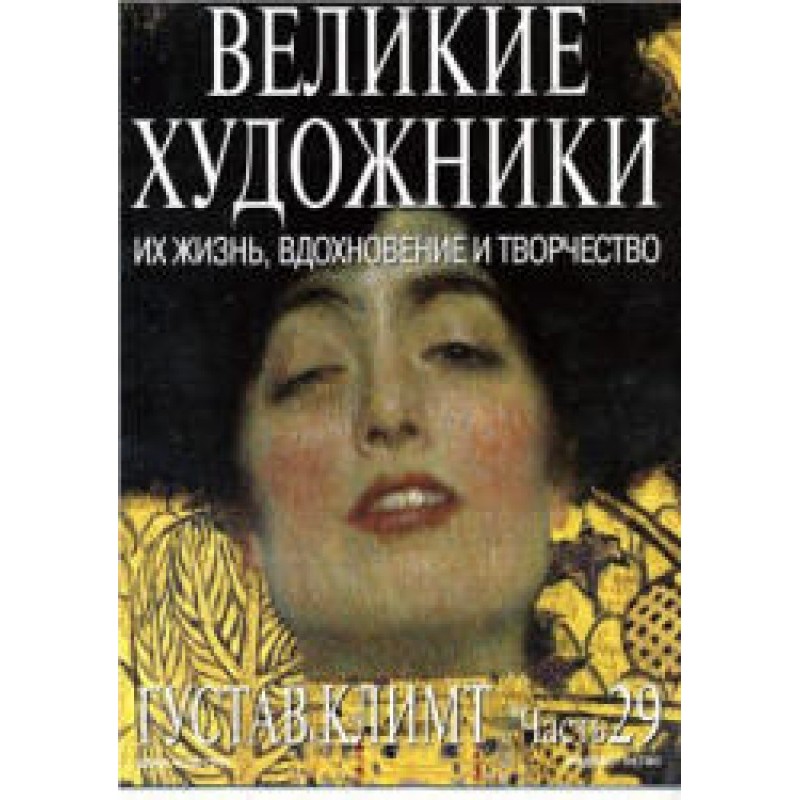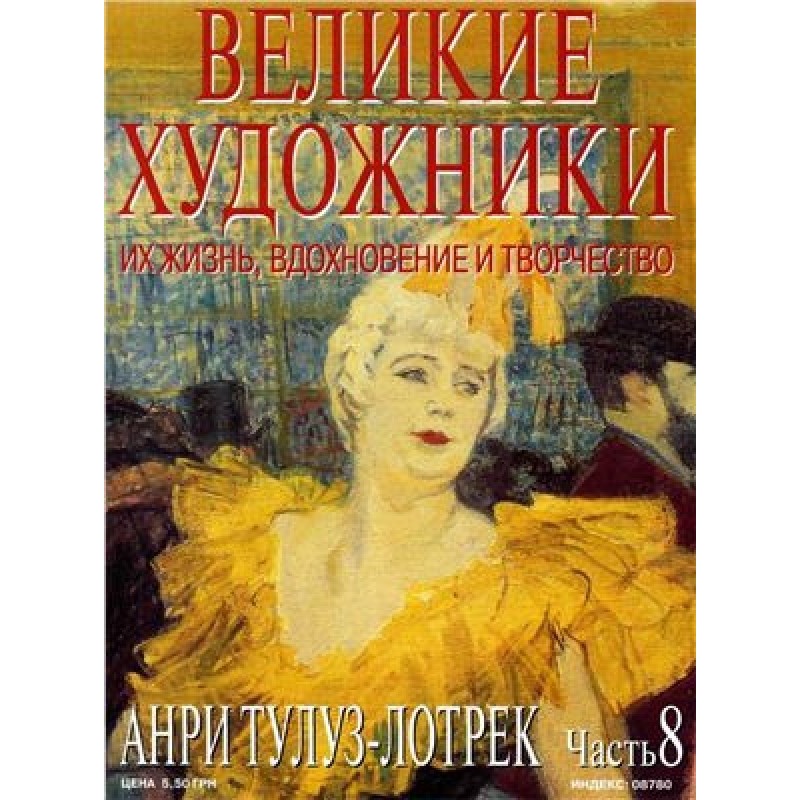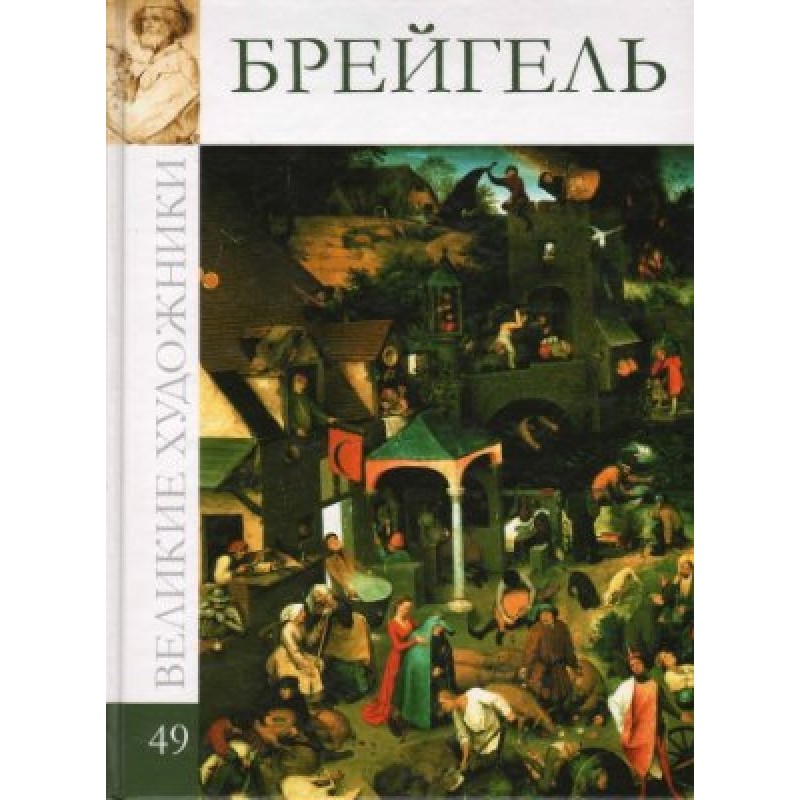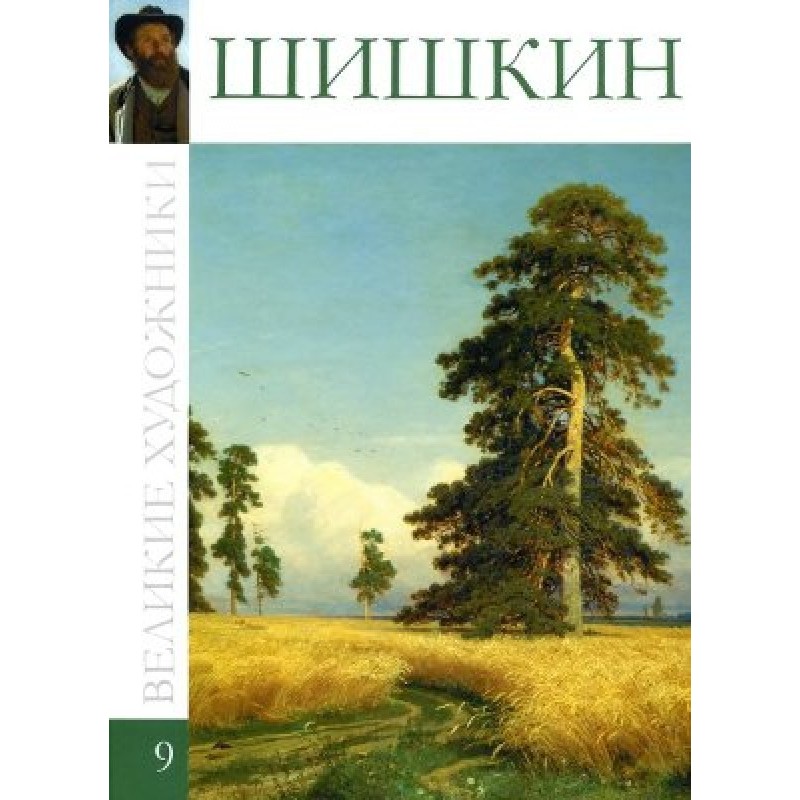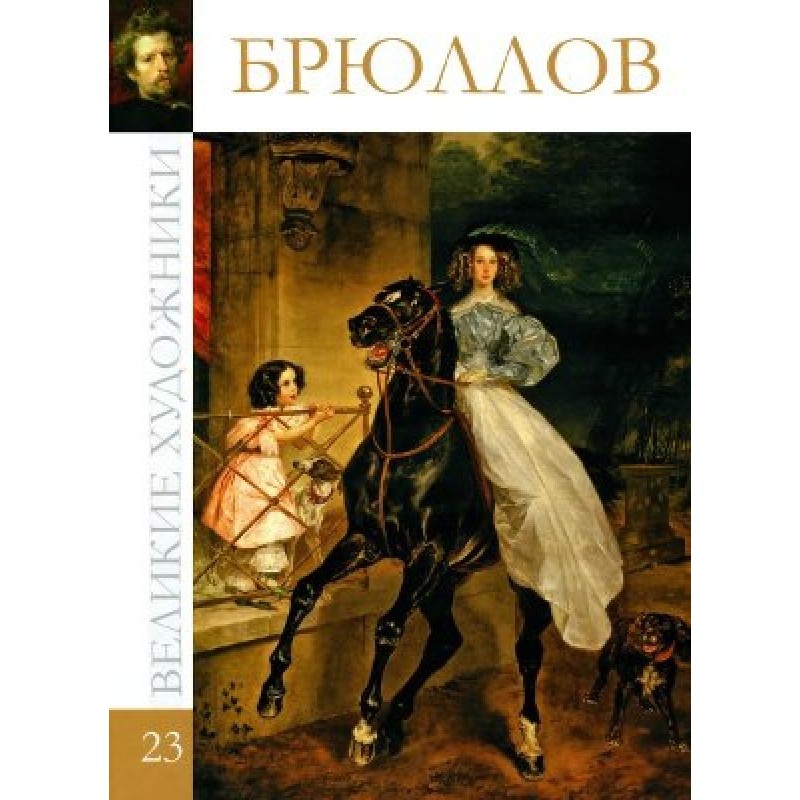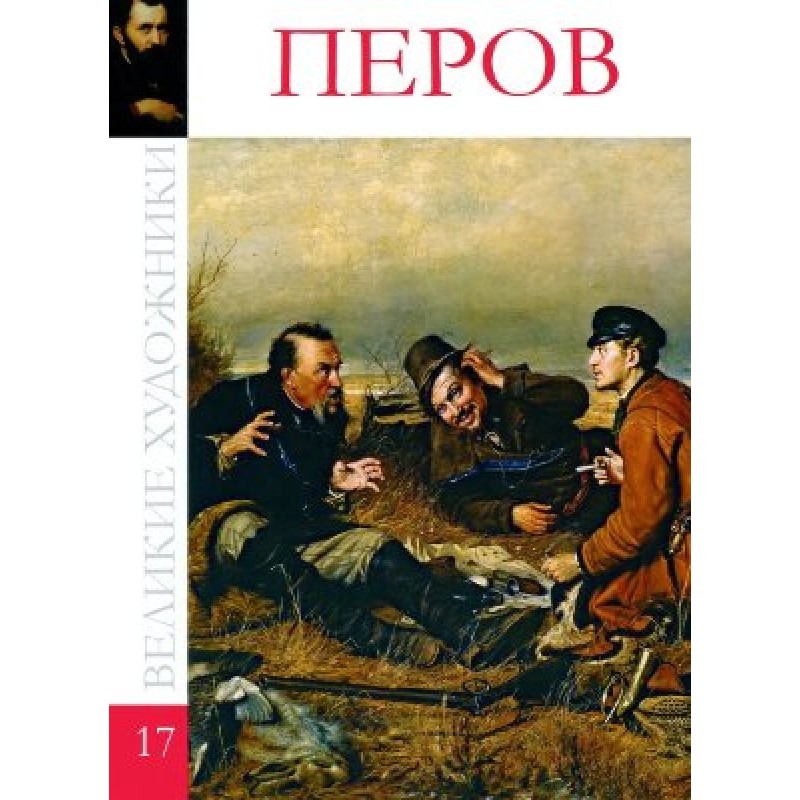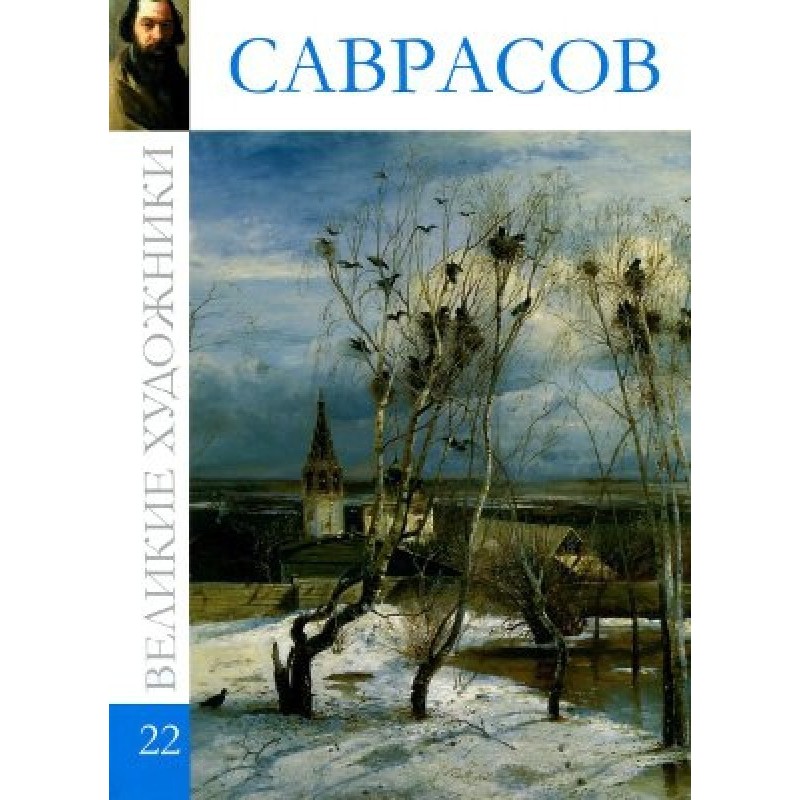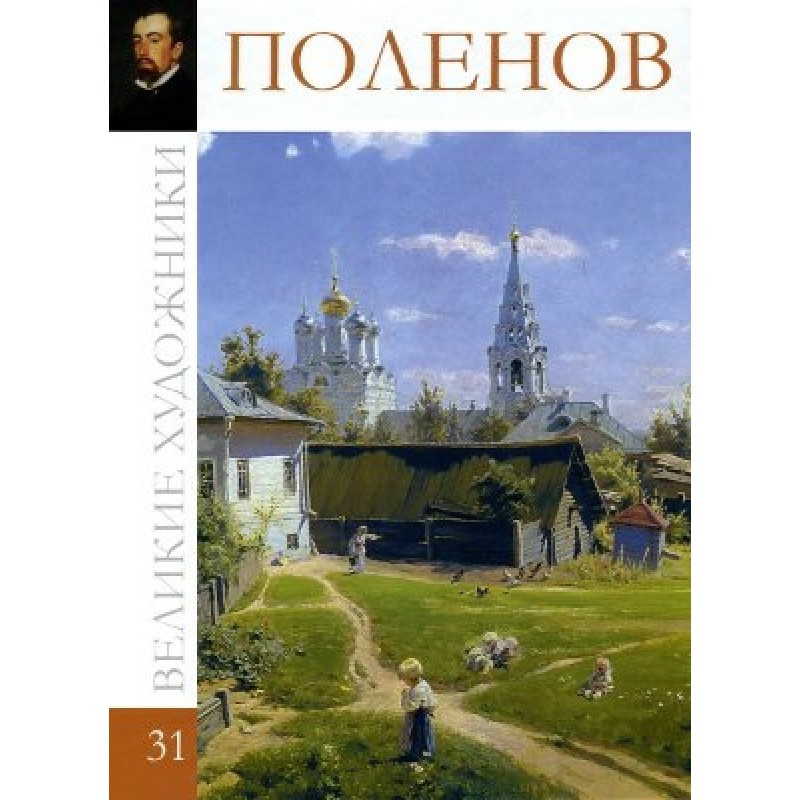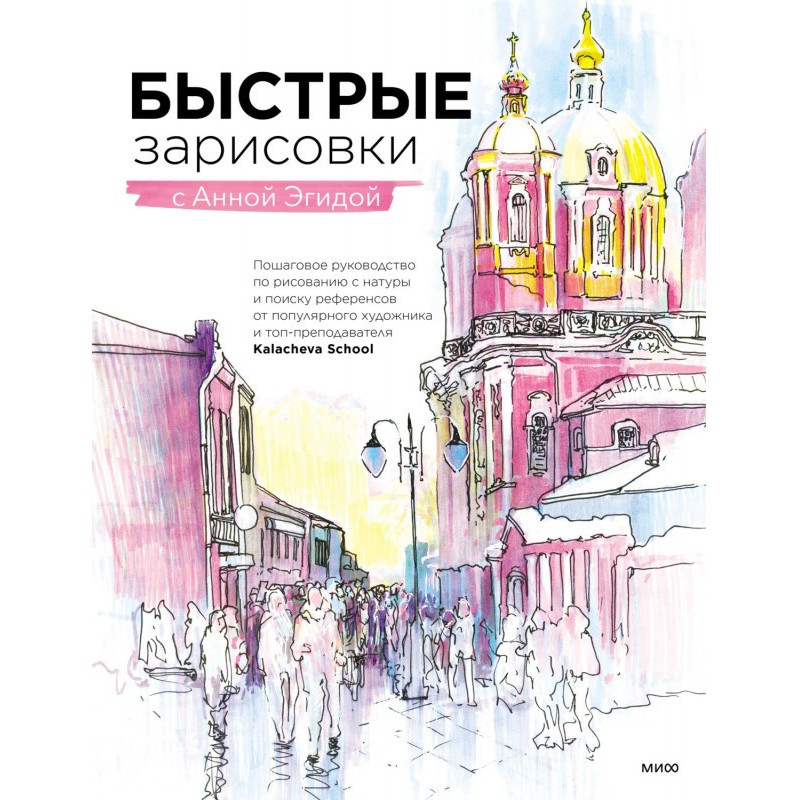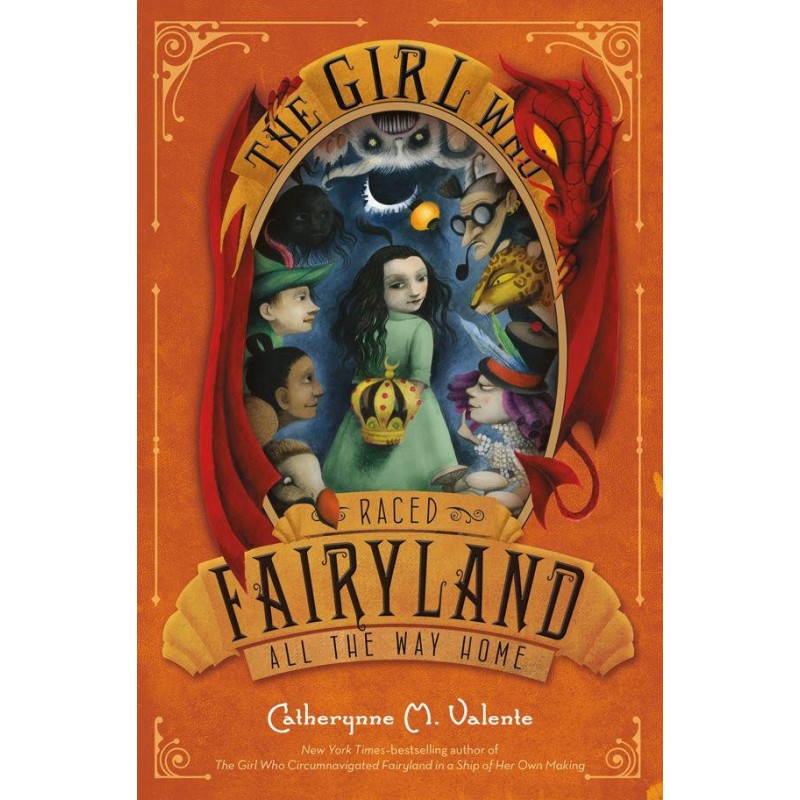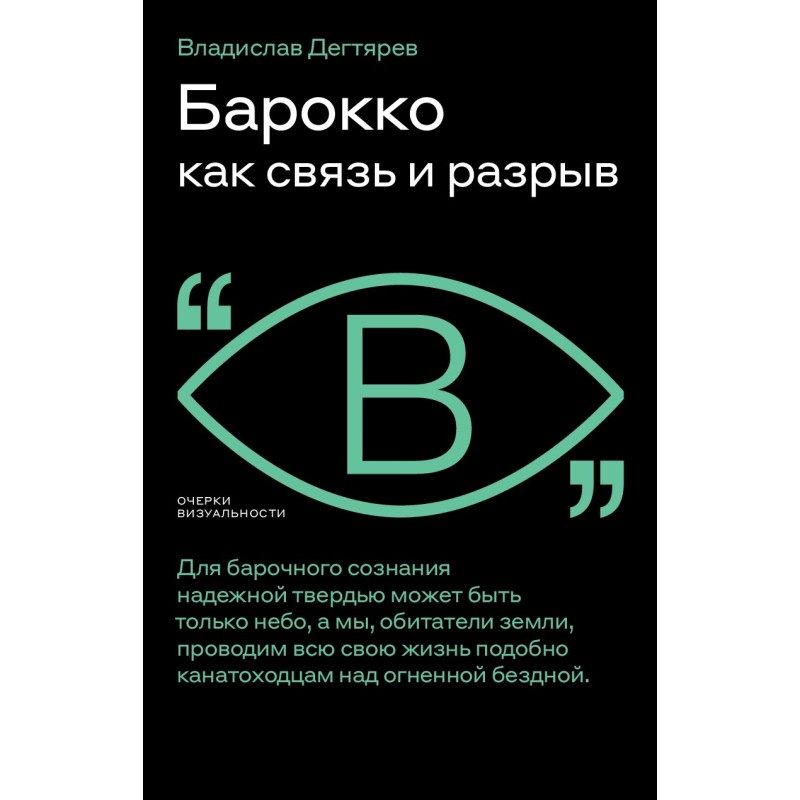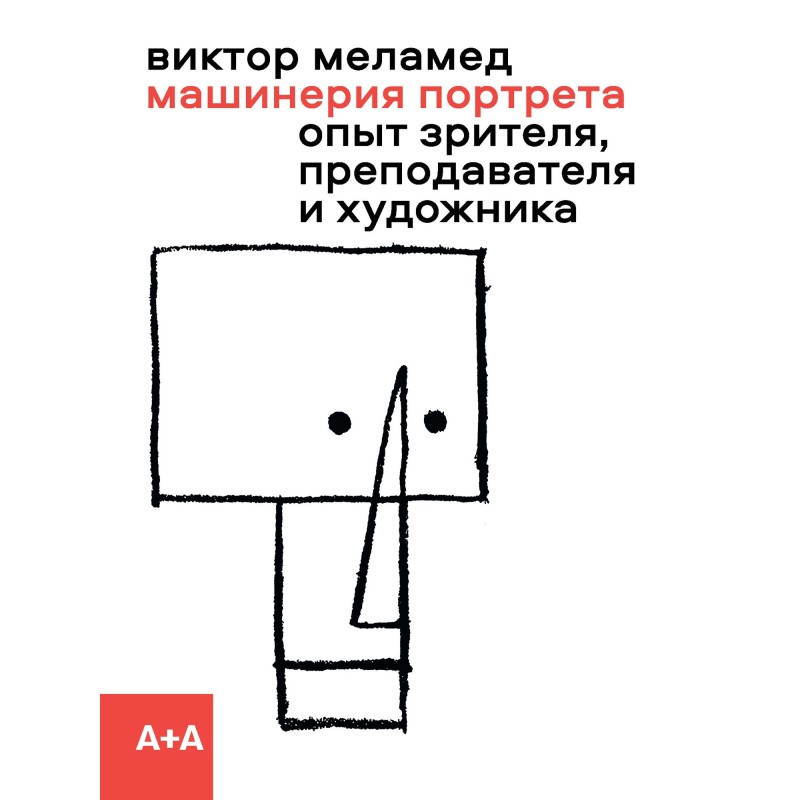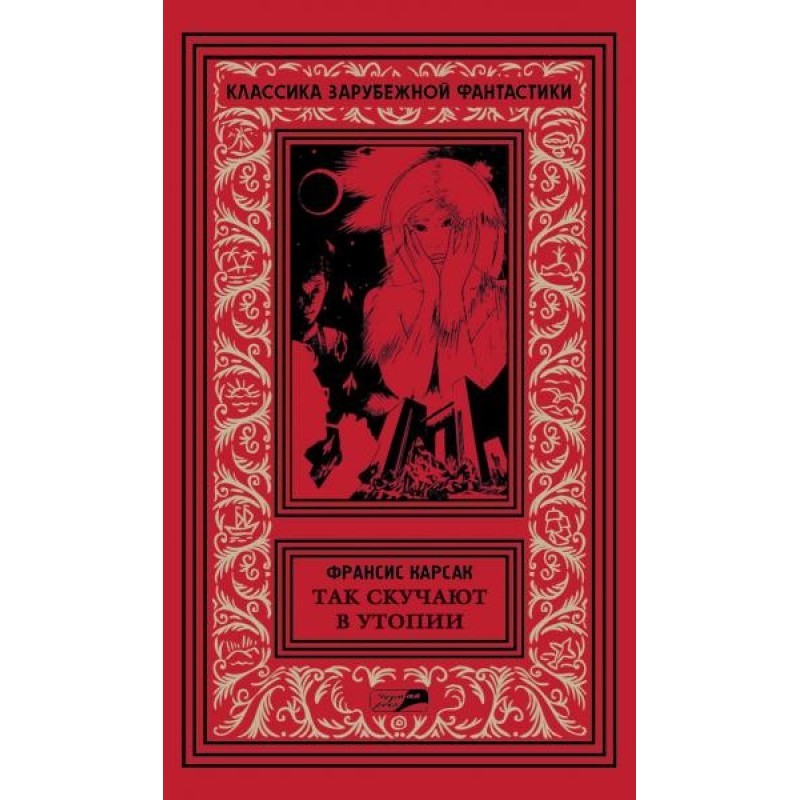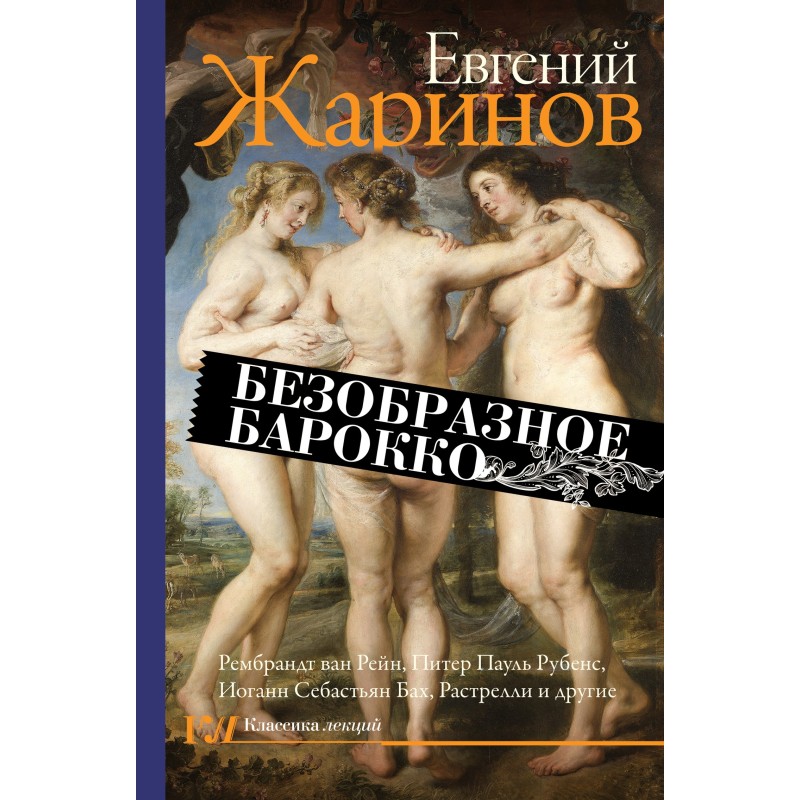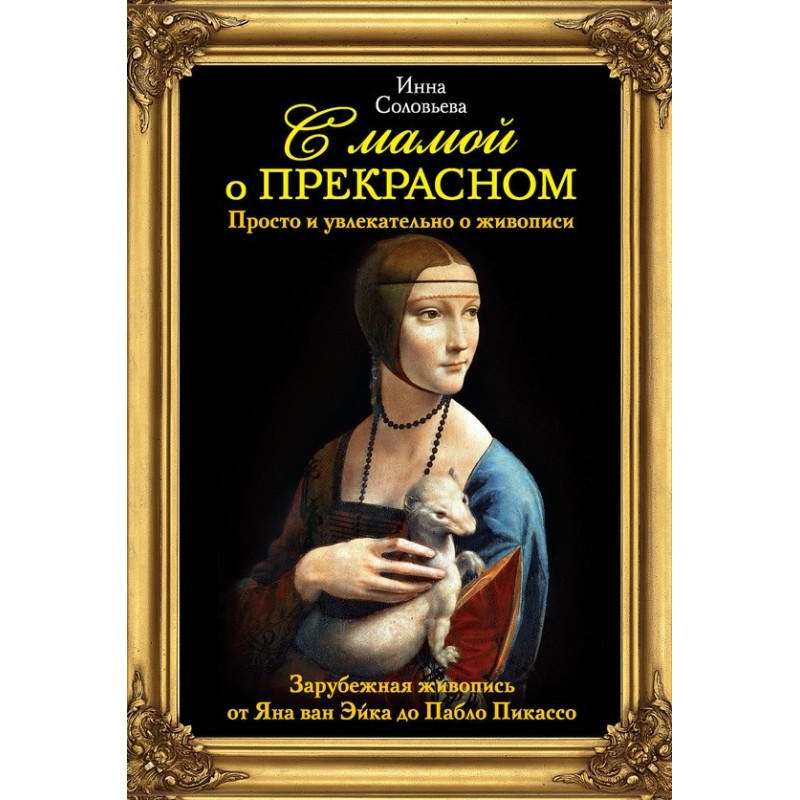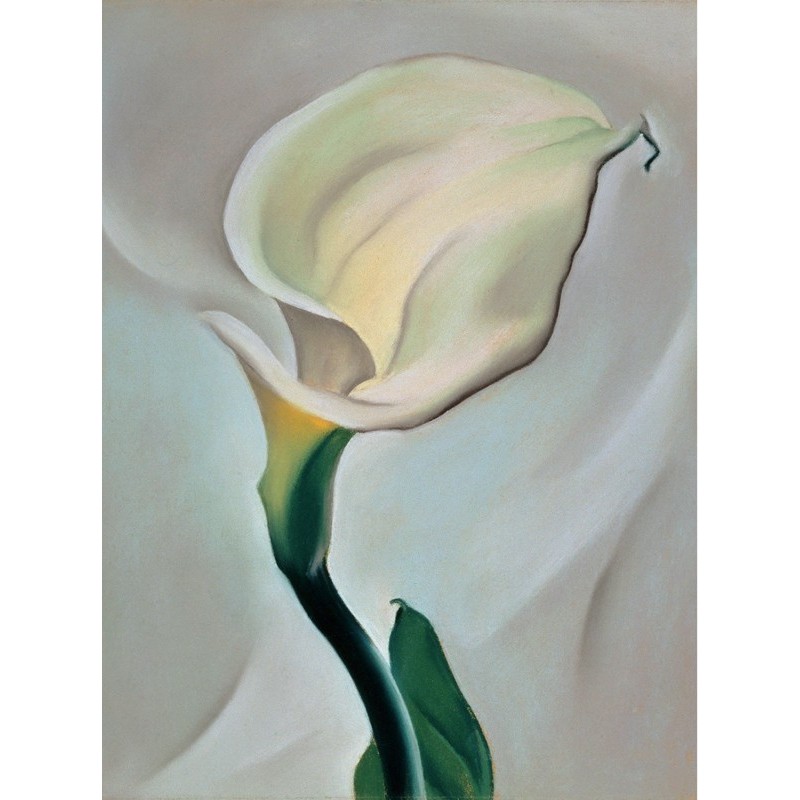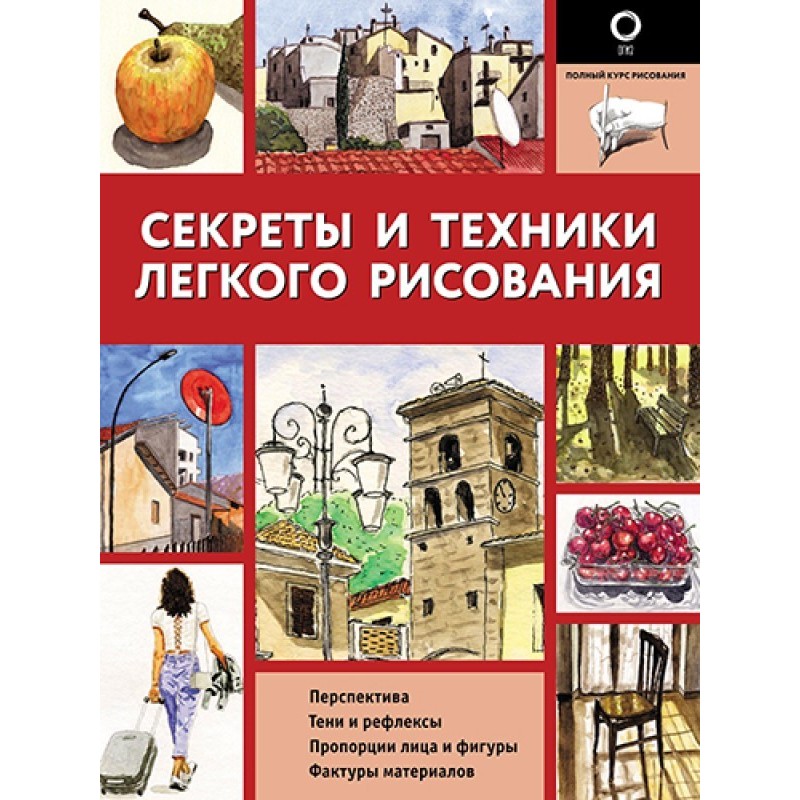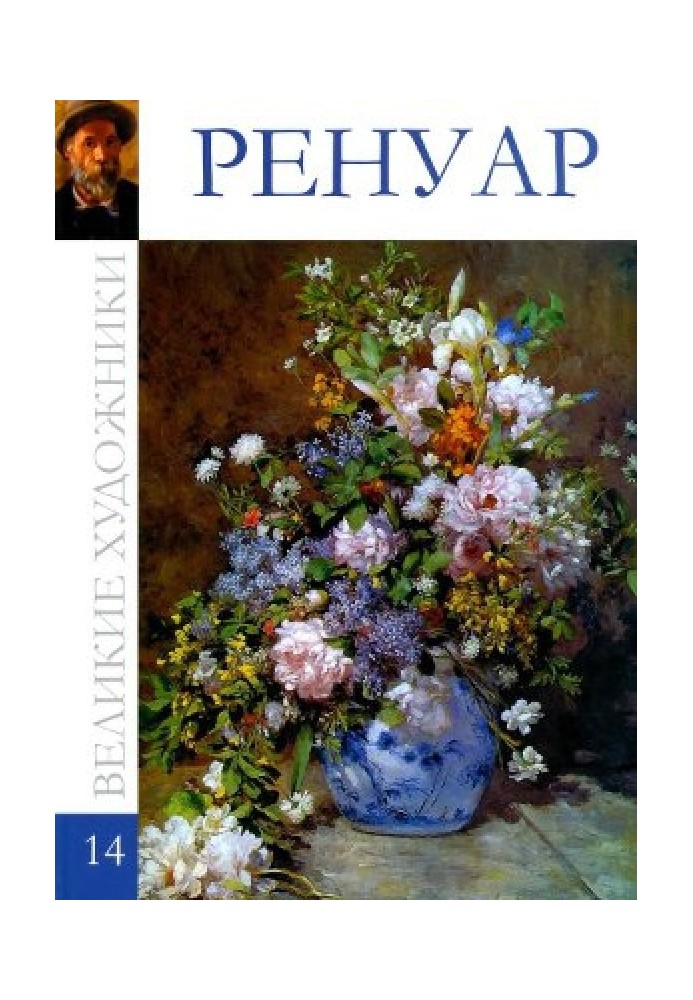Renoir
 Instant download
Instant download
after payment (24/7)
 Wide range of formats
Wide range of formats
(for all gadgets)
 Full book
Full book
(including for Apple and Android)
“Great Artists” - a collection about outstanding masters of painting. The book series contains more than 50 illustrations, an “exquisitely written” biography of the artist and the history of the creation of the paintings. The album is dedicated to the work of Renoir.
One of the founders of impressionism, Pierre Auguste Renoir (1841-1919), had an amazing ability to notice the best sides of life. The motto of the artist’s work became the words: “I give preference to painting that brings joy.” In his entire life, he did not paint a single sad picture. Unlike most impressionists, whose main theme was the landscape, Renoir was attracted to the everyday life of a person - scenes seen in the park, cafe, on the street, on the river bank, in the bathhouse: “Family Sisley”, “The Paddling Pool”, “In the Garden”, “After Dinner”, “The Girl Sewing”, “The Rowers’ Breakfast”. Renoir is an artist in love with life, his admiration for the beauty of a woman, her grace, the sparkle of her eyes, the pearlescent glow of her skin, the charm and spontaneity of children’s faces is captured in his paintings: “Nude”, “Study for a Portrait of Jeanne Samary”, “Girl with a Fan” . Renoir's models are far from the classical ideal of beauty: he preferred round-faced, pretty women with curvy figures, a strong torso, strong arms - often these were village girls - maids, nannies. Renoir loves soft, pastel colors, pink, blue, soft green. In Renoir's paintings there is a lot of sun and light, they are filled with the breath of life: water flows and sparkles with reflections, trees tremble in the wind, sunbeams glide over faces, clothes, grass. The free stroke enhances the impression of special spirituality and variability of the world. In the 1880s, Renoir traveled a lot - Algeria, Spain, Italy. Under the influence of Raphael’s work, he changes his style: the drawing becomes more precise, the contours are clearer, the volumes are more elaborate, all elements of the form gravitate towards “classicism” (“Ingres” period): “Umbrellas”, “Large Bathers”. However, Renoir soon moved away from such a “strict” sculptural interpretation of the form, returning to a more free painting style. Its coloring acquires a special luminosity; this period is called “mother-of-pearl”: “Girls at the Piano”, “Falling Bather”, “Gabriel and Jean” (depicting Renoir’s son Jean, a future famous film director).
Data sheet
- Name of the Author
- Автор Неизвестен -- Искусство
- Language
- Russian
Reviews
Вражаюча подорож у світ мистецтва Ренуара!
Ця книга - справжня знахідка для всіх, хто цінує живопис і хоче дізнатися більше про одного з найвеличніших імпресіоністів. Збірка містить не лише понад 50 ілюстрацій, але й детальну біографію Ренуара, що дозволяє читачеві глибше зрозуміти його творчість і світогляд. Автор майстерно описує, як Ренуар вмів помічати красу в повсякденному житті, відображаючи радість і легкість у своїх картинах. Особливо вражає, як він зумів передати світло і кольори, створюючи враження живого дихання природи. Книга також розкриває еволюцію його стилю, від ранніх робіт до більш зрілих періодів, що дозволяє прослідкувати його художній шлях. Я отримав величезне задоволення від читання, і ця книга стала для мене джерелом натхнення. Рекомендую всім, хто хоче зануритися у світ мистецтва та відчути магію живопису Ренуара!



